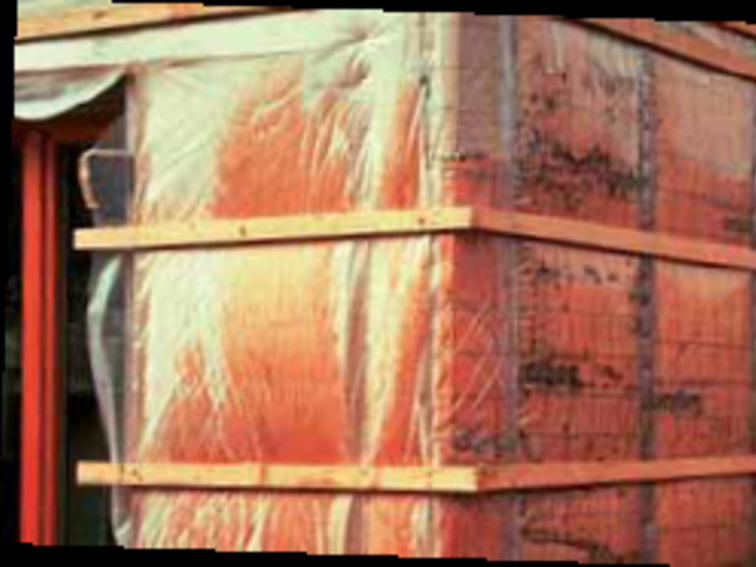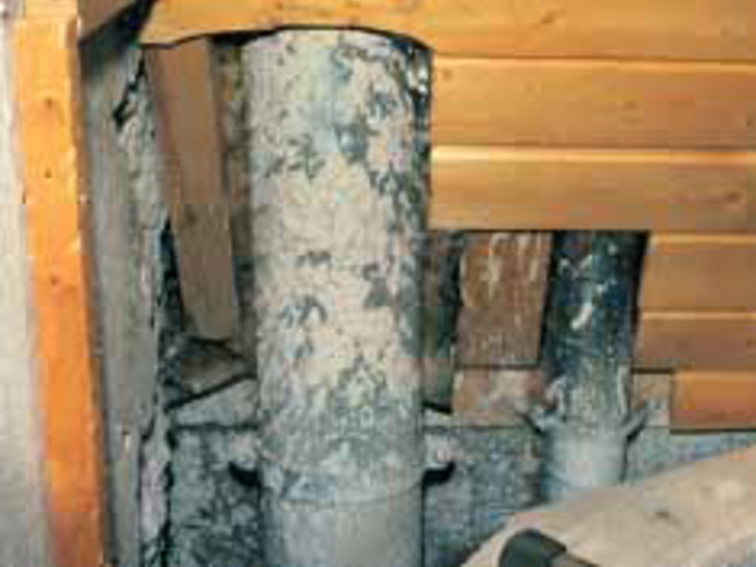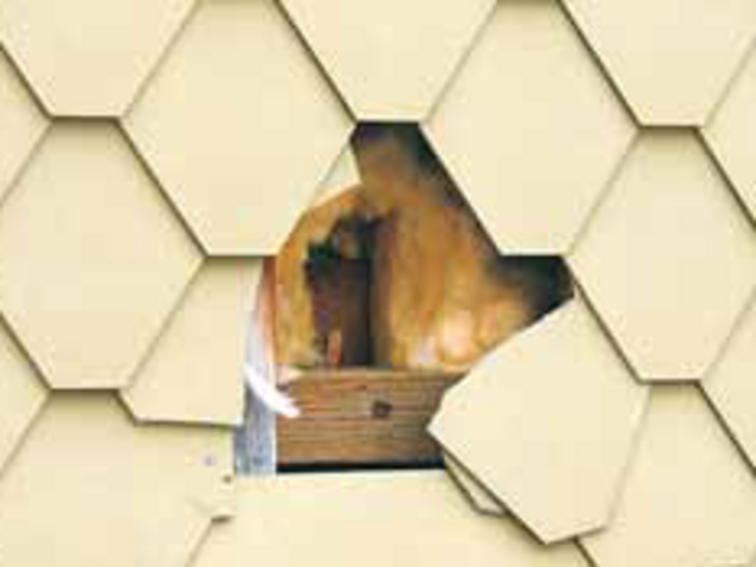Moisture damages
To thermally insulated steep-pitched roofs and exterior walls
Many building shells have deficiencies! They concern not only the thermal insulation, but often also the vapour check, vapour seal or airtight layer.
Fortunately, these deficiencies do not always lead to construction damage, but often show up simply as compromising residential use or comfort (heat loss, draughts, etc.). All too often, however, they are the cause of construction damage, with far-reaching consequences.
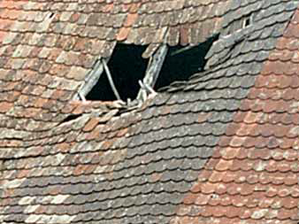
Moisture from the outside
A non-airtight outer covering inevitably leads to damage due to moisture in the thermal insulation and the supporting structure. This is common knowledge today, and so maximum attention is paid to protection against weather effects.
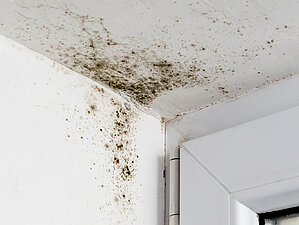
Moisture from the inside
But how does damage occur due to moisture in thermally insulated steep-pitched roofs despite the hydrophobic weather-protection skin? Why does the whole construction become so wet that water drips into the building? This can be solely and exclusively the phenomena of water vapour condensation and air humidity.
The main reasons for damage due to moisture from the inside
Causes
The damage patterns in moisture-loaded external walls and roofs are varied and often seem to be a big mystery even to the expert. For more exact study of causes, we can conclude that in addition to the obvious leakage to the outside, moisture from within the building very often leads to problems. In addition to unhelpful behaviours of property users, the following 3 main reasons can be mentioned:

